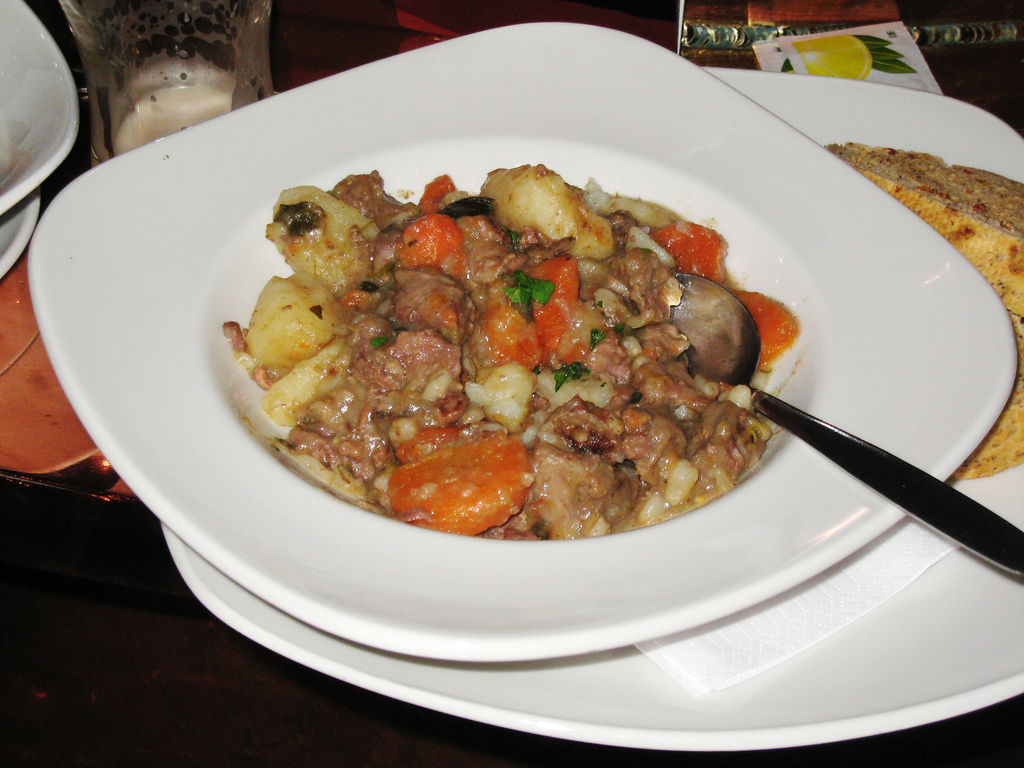Culture
The Hipster’s Cookbook: Leftovers

In a perfect world, stores would allow you to buy food in the exact amount you need for a meal. In the real world, whether you’re someone who cooks for yourself fairly frequently or once a week tops, eventually you’re going to amass some leftover ingredients. I tend to do a lot of experimenting in the kitchen, so my leftovers are pretty varied. The last time I cleaned my pantry, I discovered no less than four different types of rice, four different types of flour, six types of sugar, seven types of chocolate and a metric fuckton of spices. My refrigerator always holds several vegetables in quantities that are too small to do anything with individually, as well as half empty cans of things like beans, chili peppers, and olives, and countless sauces and spreads that may or may not be courting an expiration date.
Some of these things don’t pose a problem to store for an extended period of time. Flour, sugar and spices keep fairly indefinitely as long as you keep them tightly sealed, so as long as you use them eventually, you don’t have much to worry about. Produce, dairy, meat and fish are more difficult. Even if they still look edible, the longer they spend in your refrigerator, the less delicious they become. Freezing can be an effective solution because it will preserve food for at least a few months, but I’m bad at remembering to put things in the freezer while they’re still edible enough to bother, and even worse at remembering that I have them in there afterwards. I’m sure that if I emptied my freezer, which I have no desire at all to do, I’d find enough meat for a few different barbeques, several separate containers of egg whites and egg yolks and every variety of soup stock you can imagine. My freezer is the actual definition of a black hole.
My preferred method for dealing with kitchen scraps is to make a stew. Just about anything can go in, and it’s difficult to ruin. Depending on what you have in your kitchen, you’ll have a very different end result. This particular recipe is for an Irish stew, but you can make fish stew, stews with different meats or stews with no meat at all. If you prefer soup to stew, just add additional stock or water. This recipe should also only be considered a starting point – It won’t be the end of the world at all if you have fewer potatoes, or more carrots, or parsnips instead of turnips.
—–
Irish Stew
1 tbs butter
2 tbs olive oil
1 lb beef, cut into chunks
32 oz chicken stock or water
12 oz Guinness or other Irish ale or stout
10 new potatoes, washed and cut into chunks
1 yellow onion, cut into chunks
5 small turnips, peeled and cut into chunks
2 carrots, peeled and cut into thick rounds
Two garlic cloves, minced or crushed in garlic press
Salt, pepper, parsley, thyme, and rosemary to taste
Puff pastry, bread, or biscuits for serving
1) Heat the butter and olive oil in the bottom of a stock pot or large sauce pan until the butter is melted. Add the beef and brown completely, turning frequently.
2) Add chicken stock or water and ale to pot with meat and bring to a boil. Reduce heat to medium low, cover, and allow the beef to boil for about 45 minutes to an hour, until it begins to become tender.
3) Add all vegetables, garlic, and spices, and continue to boil covered for another 30 to 45 minutes, until the potatoes slide off a fork when speared.
4) Serve with puff pastry or other bread.